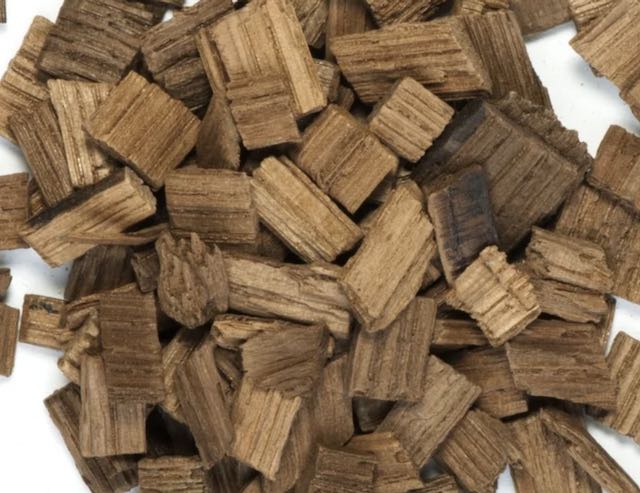To Oak or Not to Oak: the Influence of Oak on Wine (Vincarta)

Oak has a bad rep. I know lots of people who won’t drink chardonnay at all because they had a bad experience with an over-oaked New World example. But the influence of oak on wine is not as simple as that.
But oak also contributes many of the
flavors we associate with good wine, especially in reds. So, to oak or not to oak: that is the question!
So, what is oak all about? Why is it the Marmite of winemaking – you either love it or hate it? Will the excess of the 80s lead to the end of oak in white wine as ladies who lunch yearn for ‘anything but Chardonnay’?
Hearts of Oak
In antiquity people used palm wood containers to transport wine in Mesopotamia. Our ancestors struggled to keep wine fresh for a longer time and they tried lots of different containers and methods of preservation.
The Greeks used clay amphorae to store and age wine adding a layer of olive oil on the top, to prevent the wine from oxidising.
The Romans discovered that wine kept in oak barrels keeps longer, becomes smoother and tastes better. They swapped from fragile clay amphorae to wooden barrels around the 3rd century CE because that made it easier to transport the wine.
Barrels roll. Amphorae just flop over and break. It’s like transporting your wine in a flower-pot.
Properties of barrels and casks
The ancients discovered the value of oak by experiment and experience. Today we understand the science better.
Although other types of wood are sometimes used to make wine barrels, including acacia and chestnut, oak is by far the most common. Oak barrels come in different shape and sizes. The most famous are the Bordeaux barriques, Burgundy style barrels and Italian style botti.
There are four reasons why oak is so popular:
- Oak is a natural antiseptic. Wine fermented or matured in oak barrels needs less sulphur dioxide.
- Barrels help clarify and stabilise the wine. This means that the winemaker doesn’t need to use additives to make a clear and stable wine, resulting in a more natural product.
- It smoothes the wine tannins, improves wine age-ability, texture and stabilises colour in red wines
- Oak barrels, especially new oak, impart more flavours to the wine, which make the wine more complex and tasty. Oak flavours vary according to the degree of toasting and the type of oak you use. They include: vanilla, coconut, sweet spices (cloves, nutmeg and cinnamon), chocolate, coffee, cedar, smokiness, charred wood, developing to caramel, earthiness, herbaceous and savoury with age. Old barrels and casks do not add perceptible flavours to the wine after about three years of use.

